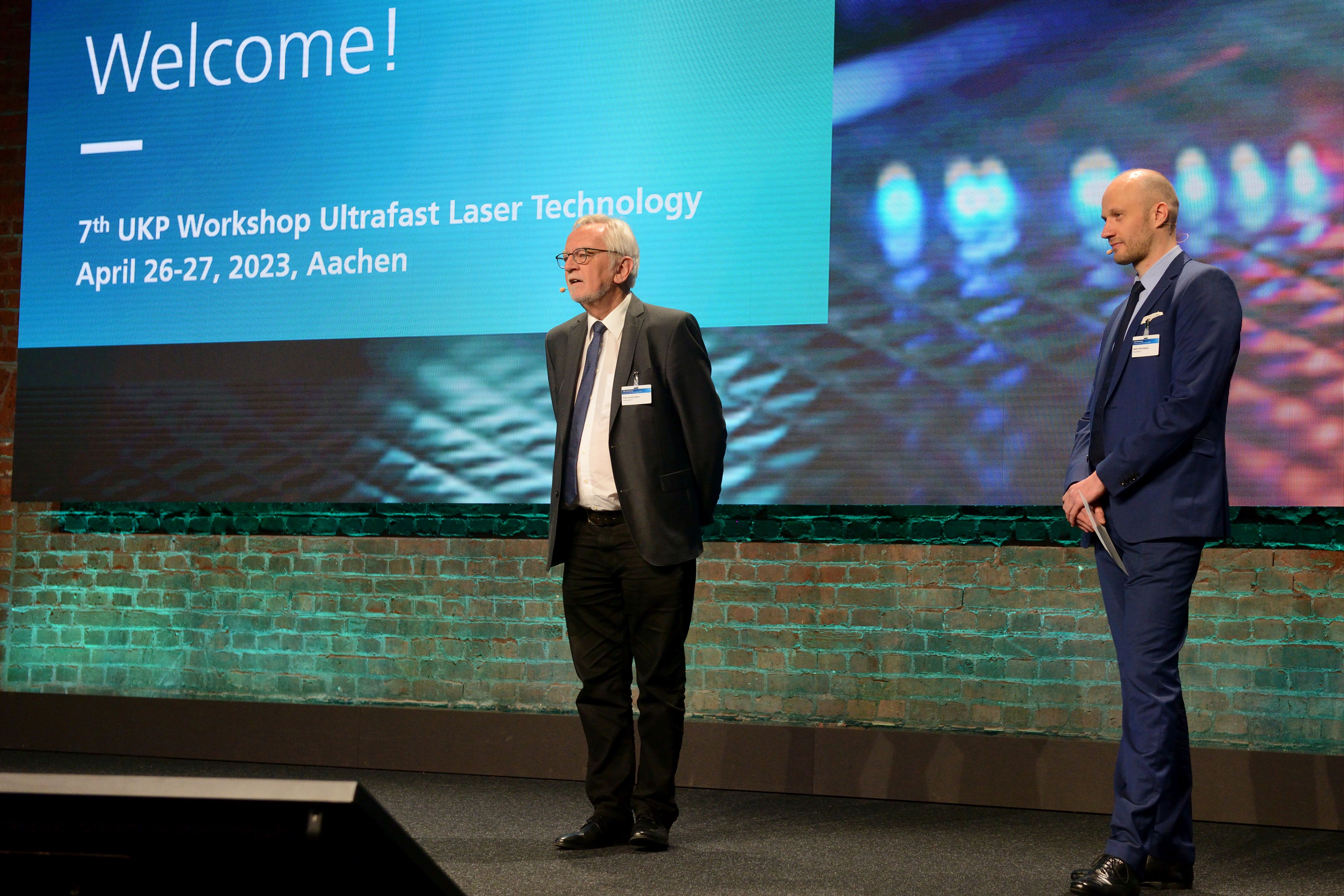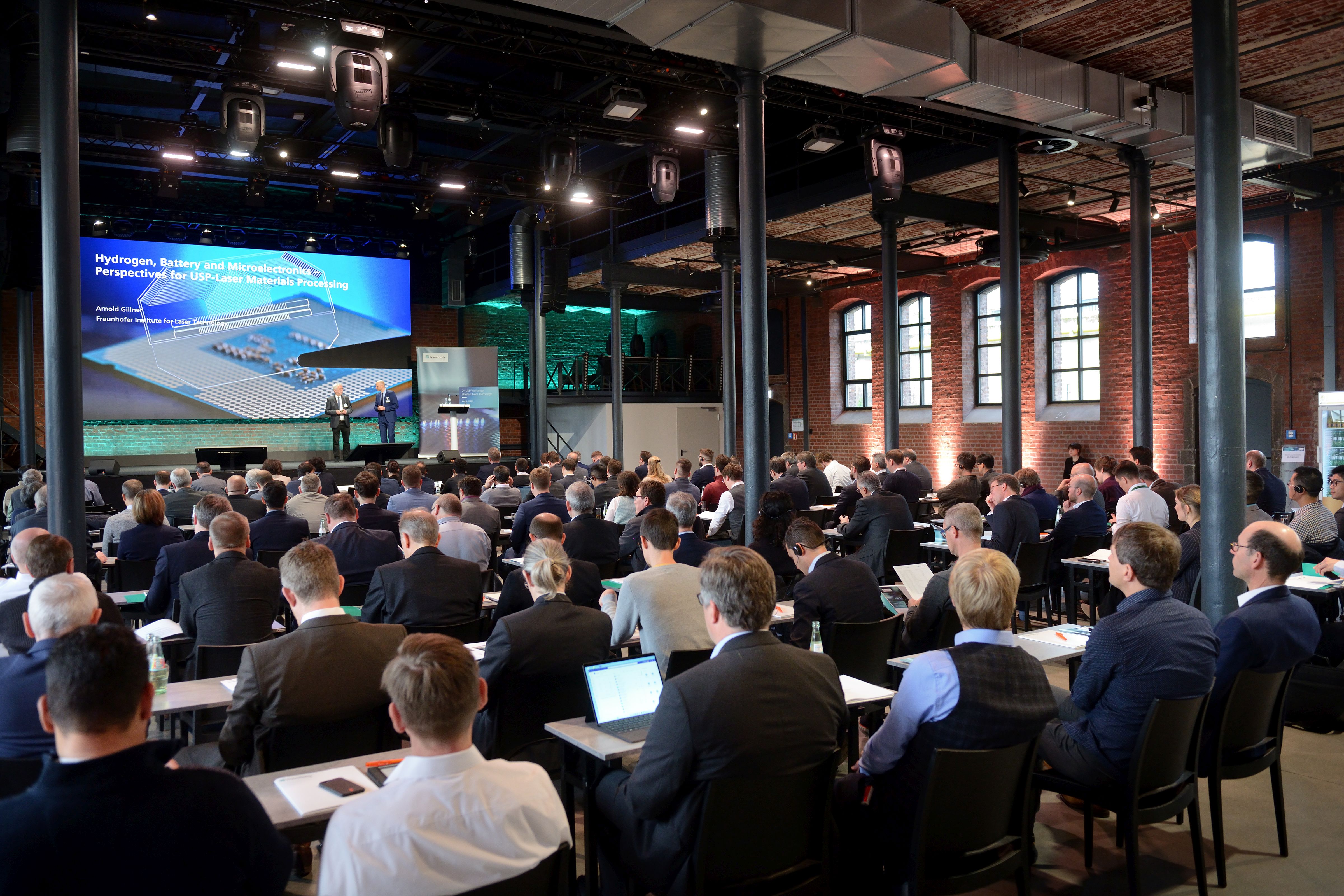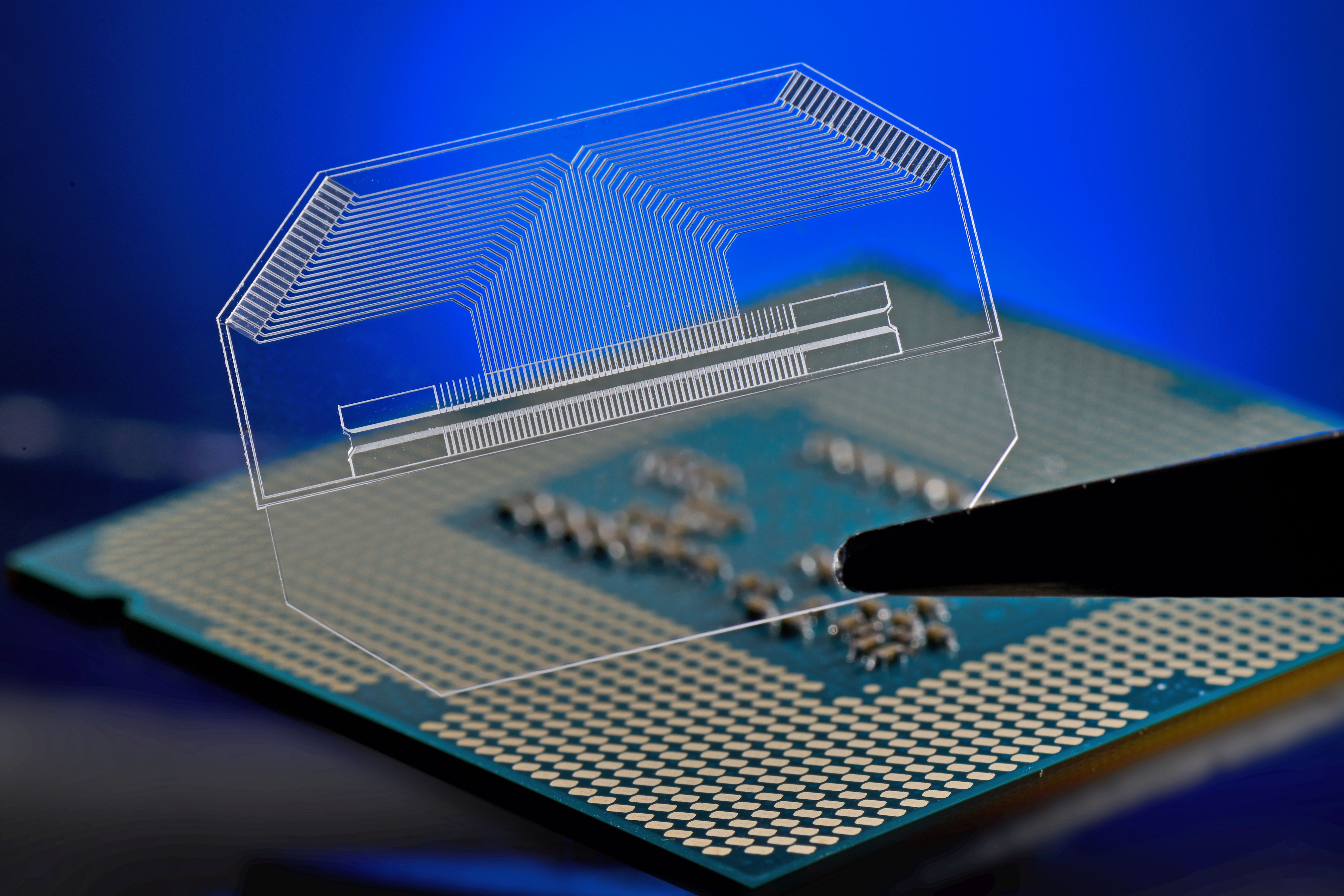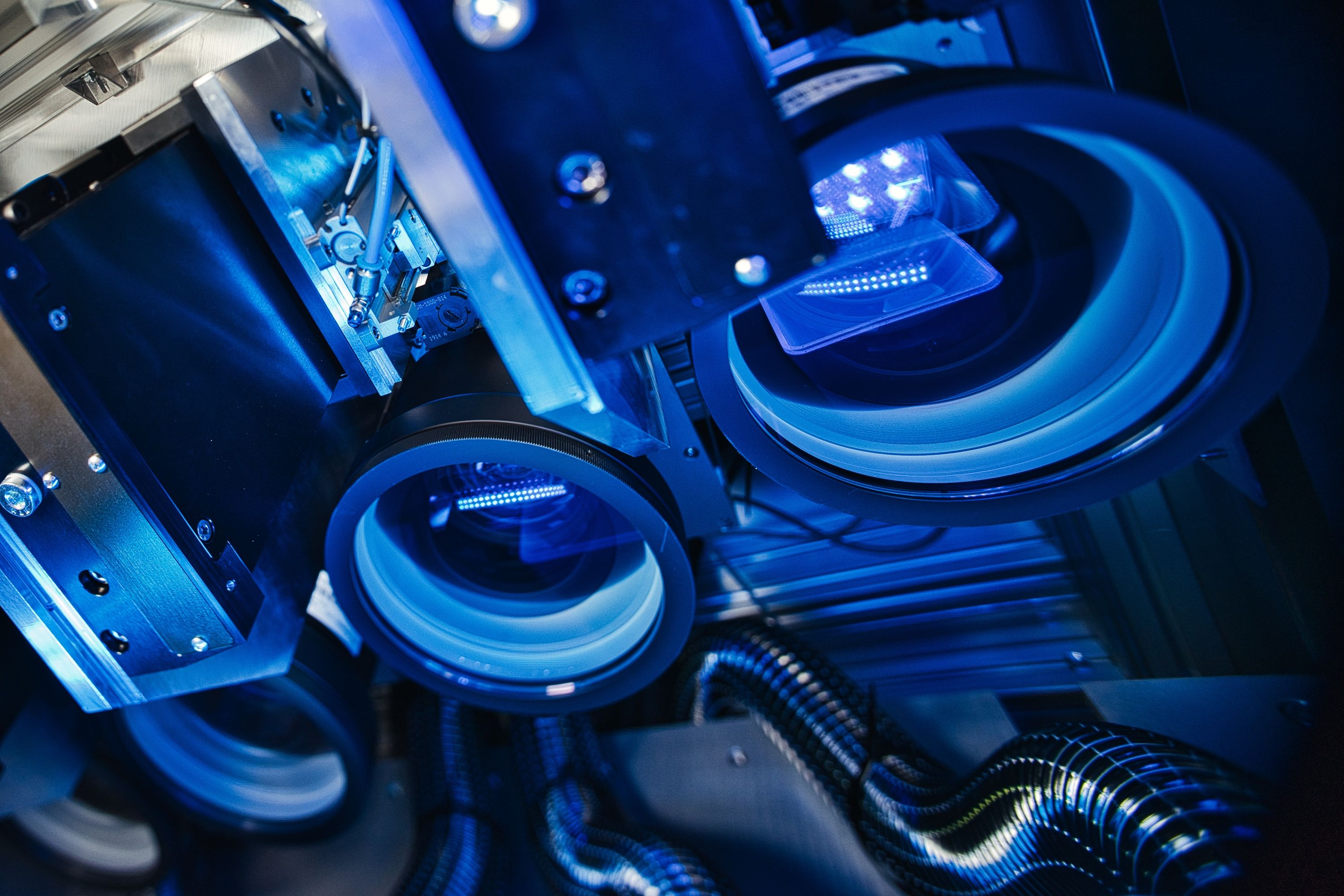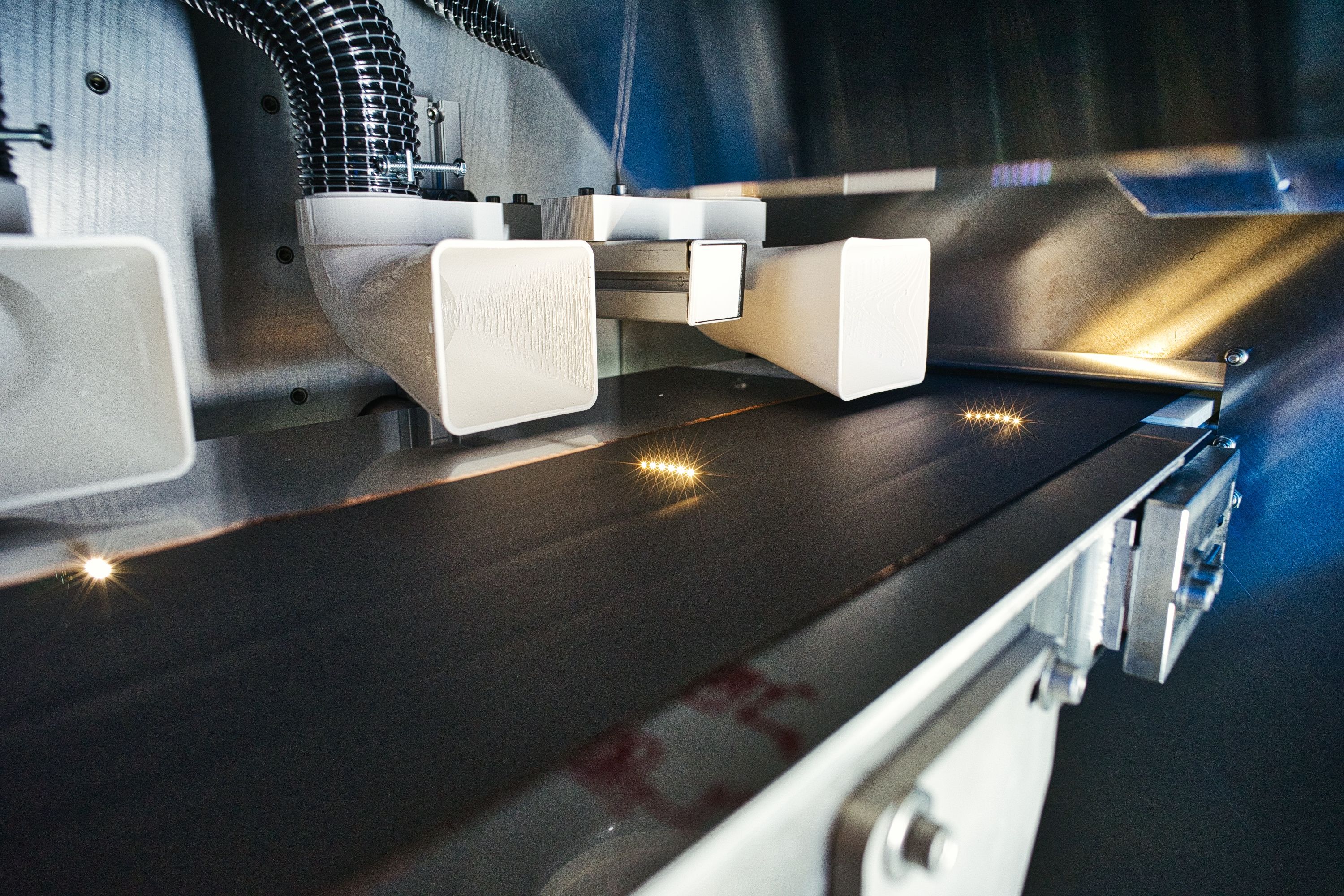At the end of April, the community of developers and users of USP lasers met in Aachen for the 7th UKP Workshop. In addition to presenting specialist knowledge, the workshop is always about shared memories, because it is also a family reunion, and the “family” is growing and thriving: there were a gratifying number of young faces among the 150 or so participants.
Secondary sources are coming
Secondary sources are radiation sources in which high-intensity laser radiation is transferred to other spectral ranges, often far from the laser wavelength. This can be special X-rays, but electron and even proton beams are also under discussion.
So far, laser and machine manufacturer TRUMPF, in particular, has pioneered this field with its EUV source for ASML. But since extremely powerful lasers are needed for secondary sources, no one has really believed in their market relevance until now. Dr. Torsten Mans, Product Manager Secondary Sources at TRUMPF, changed that with his presentation. “What was presented was remarkable,” said UKP workshop organizer Martin Reininghaus, who was impressed. “TRUMPF has worked very hard on developing modular systems that can be combined for different purposes to serve future markets as secondary sources.”
To do this, the company is bringing together expertise from different subsectors to build intensities into the terawatt range with diode-pumped high-repetition USP lasers. Mans sees initial applications in semiconductor metrology. If it is possible to replace large accelerators as beam sources, then complex test procedures could move from research to production, or new therapies in the health sector could become possible.
Beam modulation in space and time increases productivity
What happens when pulsed laser radiation marks a curve on the workpiece during machining? It slows down, thus reducing the spacing of the pulses, and the contour becomes thicker. Laser manufacturer Amplitude has addressed the problem and offers a single-pulse control system that can, for example, regulate the spacing between individual pulses in a contour.
Whether it's GHz bursts, single pulses or controllable pulse train frequencies, flexible control of the pulse sequence is just now becoming the standard for USP lasers. This control allows processes to be designed for maximum productivity. It's a similar story with spatial modulation, and several exciting innovations were presented in this area in Aachen. The first was presented by Gwenn Pallier of the French company Cailabs: Using repeated reflection from a phase plate (multiplane light conversion MPLC), the company can manipulate laser pulses in ways that suppress higher modes and improve depth of field, for example.
Something similar was demonstrated by Professor Carlo Holly of RWTH Aachen University. He applies artificial intelligence to optical design. To do this, Holly uses two diffractive optical elements connected in series to manipulate the propagation of laser radiation in three dimensions. This not only gives him special beam profiles, but also significantly increases the depth of field. Due to the high number of parameters in this setup, artificial intelligence can provide the optimum configuration.
Whether hydrogen electrodes or OLED displays – productivity is the key
Professor Arnold Gillner, the workshop's co-organizer, began the meeting by summarizing what has been achieved in the field of industrial USP lasers. When it comes to applications, surface functionalization is at the top of the list. USP lasers can increase the surface area of electrodes, greatly improving the efficiency of both batteries and hydrogen electrodes. “The areas that need to be processed there are on the order of square kilometers,” is how Gillner described the need for this application.
For years now, USP lasers have played a major role in the manufacture of smartphones. Dr. Stefan Janssen provided many examples of this from his work at LG-Electronics PRI in Korea. One exciting detail here was the imaging optics for processing polymer OLEDs. Weighing 24 kg, they are unusually large, but make more productive processes possible. Janssen describes the potential of energy-modulated fs-bursts and a control of pulse spacing in free-form contours in glass processing as next steps. In addition, he sees process control and predictive maintenance as exciting topics – as is so often the case with 24/7 manufacturing.
Higher productivity was also the focus of the presentation by Dr. Stephan Eifel of Pulsar Photonics. In addition to standard machines, the company focuses on multi-beam optics to increase the productivity of high power USP lasers. In this regard, Eifel sees a trend toward higher ablation volumes per component: “We're talking about volumes in the range of 10,000 mm³ and more.” The availability of more powerful laser sources and modulators for the beams is good news for him. “Now the machines have to cope with long processing times.” He plans on 100 hours or more for a component. That's how long the machines must run reliably for large components.
Parallelization is key to more productivity. Dividing a beam into several beams, each of which then applies partial beams to the workpiece via several scanners and additional multi-beam optics – this is how Pulsar Photonics implements parallelization in its machines. In the example shown, there are 24 beams in parallel on the workpiece at a feed rate of more than 1 m/s. More speed is definitely desirable. The production is monitored with 100 measurements per second. The biggest challenge at the moment is real-time data processing.
Two virtual lab tours
An important part of the workshop, in addition to the lectures and the many opportunities for personal discussions, is the digital tours of Fraunhofer ILT laboratories. During the pandemic, this was only possible via live transmission. At the 7th UKP workshop, this was adopted as the virtual tour eliminated the need to drive to the institute, and the camera was able to capture perspectives that would be difficult for normal visitors to reach.
The first visit was to the BatteryLab. There, research has been conducted on laser-based production processes for battery manufacturing since 2020. “The crucial thing here is to keep an eye on the entire manufacturing chain,” Reininghaus says, describing the strategy. The various steps along the production chain are being researched there, with the focus on increasing productivity in all steps.
Increased productivity was also the focus of the second lab tour. Fraunhofer ILT presented a new multi-beam USP laser system using 64 partial beams that can be modulated individually, as Martin Osbild explained on site. The 4 by 5 m system will undergo extensive testing until June 2023, after which it will be used as an application lab for Fraunhofer ILT customers and partners.
At the end of the workshop, Professor Gillner summed up the trends once again: “On the one hand, we again got exciting insight into future topics such as ion traps for quantum technology applications or the potential of secondary sources. On the other hand, we saw that USP technology has arrived in practice with the scaling approaches that are already available. For hydrogen and battery technology, it addresses megatrends.” The breadth of applications continues to grow, supported by stronger sources and process technology. The next UKP workshop will be held on April 8 to 9, 2025.
 Fraunhofer Cluster of Excellence
Fraunhofer Cluster of Excellence 